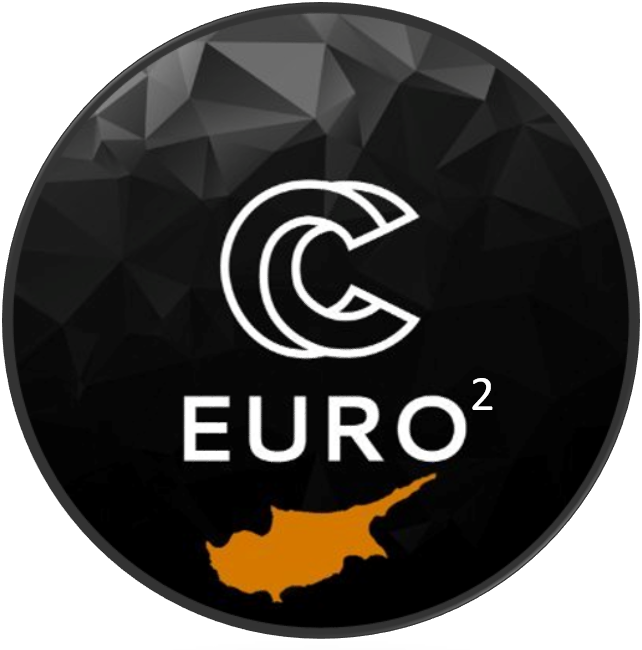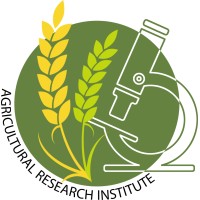Due to its geographical position in the eastern Mediterranean Sea basin, Cyprus, a global biodiversity hotspot, is directly threatened by climate change and desertification. The country also has Europe’s second-highest population growth rate, emphasizing the need to optimize primary production strategies. These strategies aim to ensure food security and minimize environmental impact cost-effectively and timely. Given the population growth and the recent registration of locally produced cheese (Halloumi) as a Protected Designation of Origin, the demand for goat and sheep milk is expected to surge dramatically. Current milk production scenarios suggest that the goat and sheep livestock population should double (from ~500k to 1000k) to meet the anticipated needs. An alternative approach to meet this demand could be to enhance the existing livestock using genetic data and modelling.
To this end, the Agricultural Research Institute (ARI) generated the first high-throughput genomic data for local Cyprus sheep and goat breeds using SNP genotyping microarray assays. The analyzed datasets included genomic data for over 1000 animals per species from six farms. The estimated population metrics revealed at least four genetically distinct groups in sheep and goat breeds and ongoing gene flow between specific farms included in our dataset. Calculated population fixation indices further support these findings.
- STRUCTURE (Version: 2.3.4) – This software was used to infer the population structure from multilocus genotype data.
- Structure_threader (Version: 1.3.10) – Written in Python, this software was used to parallelize the STRUCTURE software on HPC facilities, significantly reducing the computational time.

